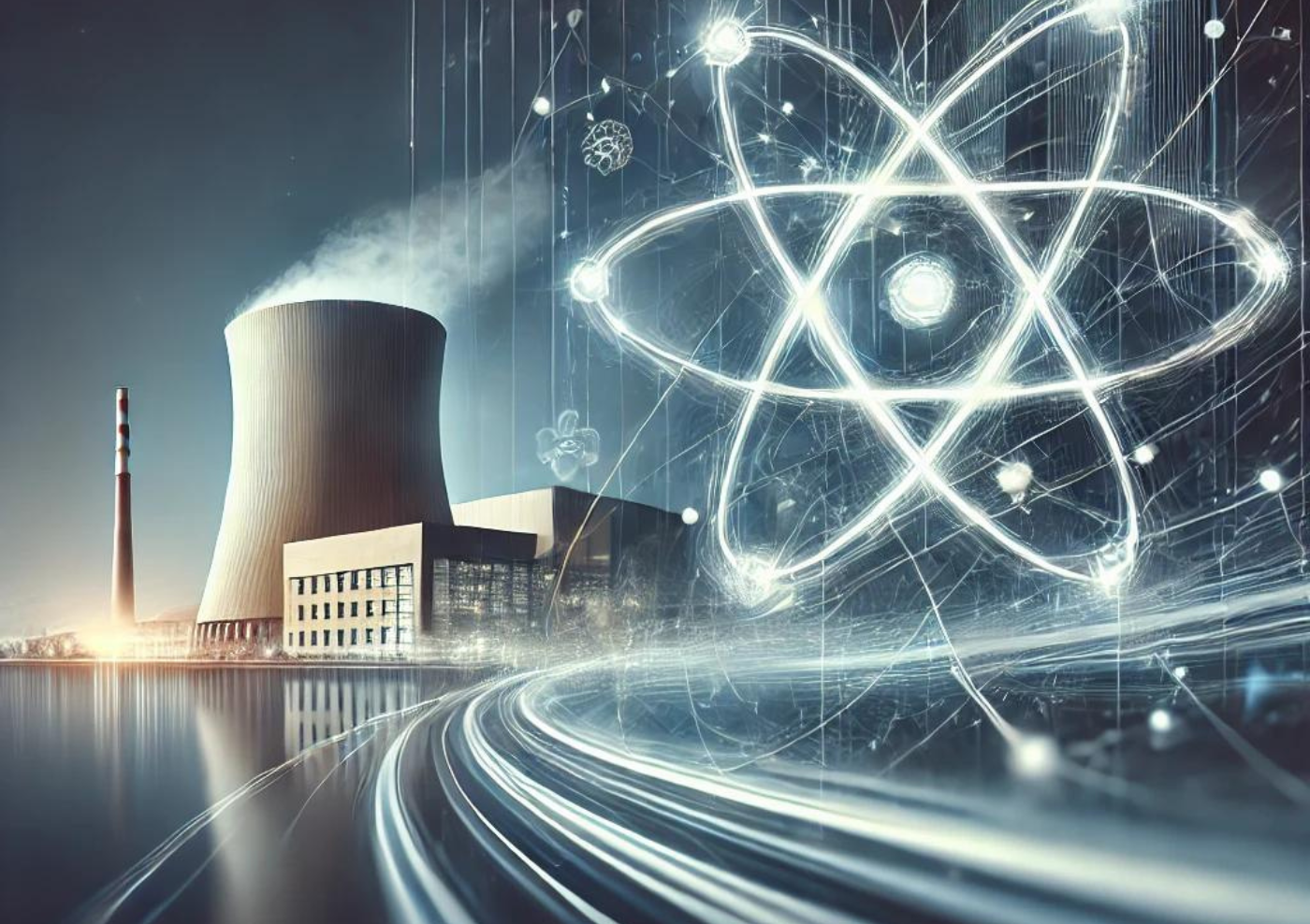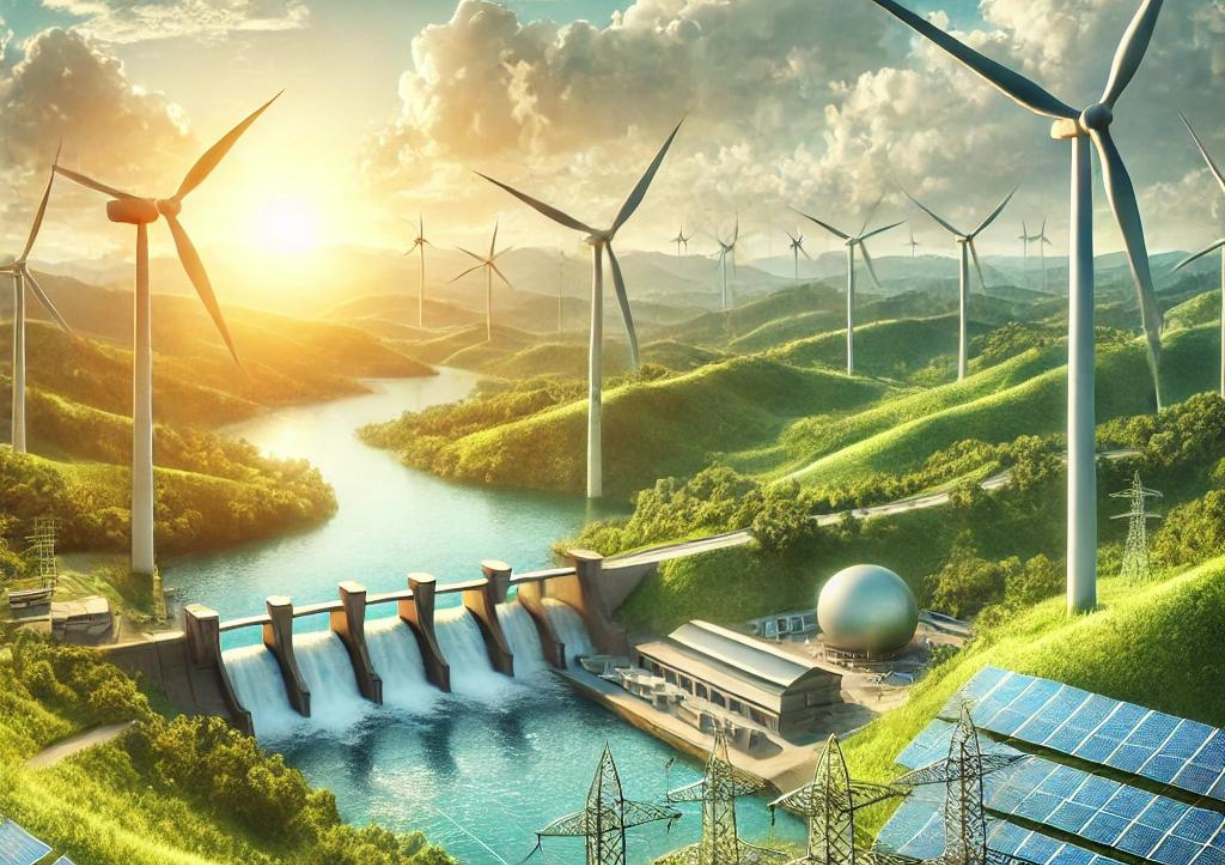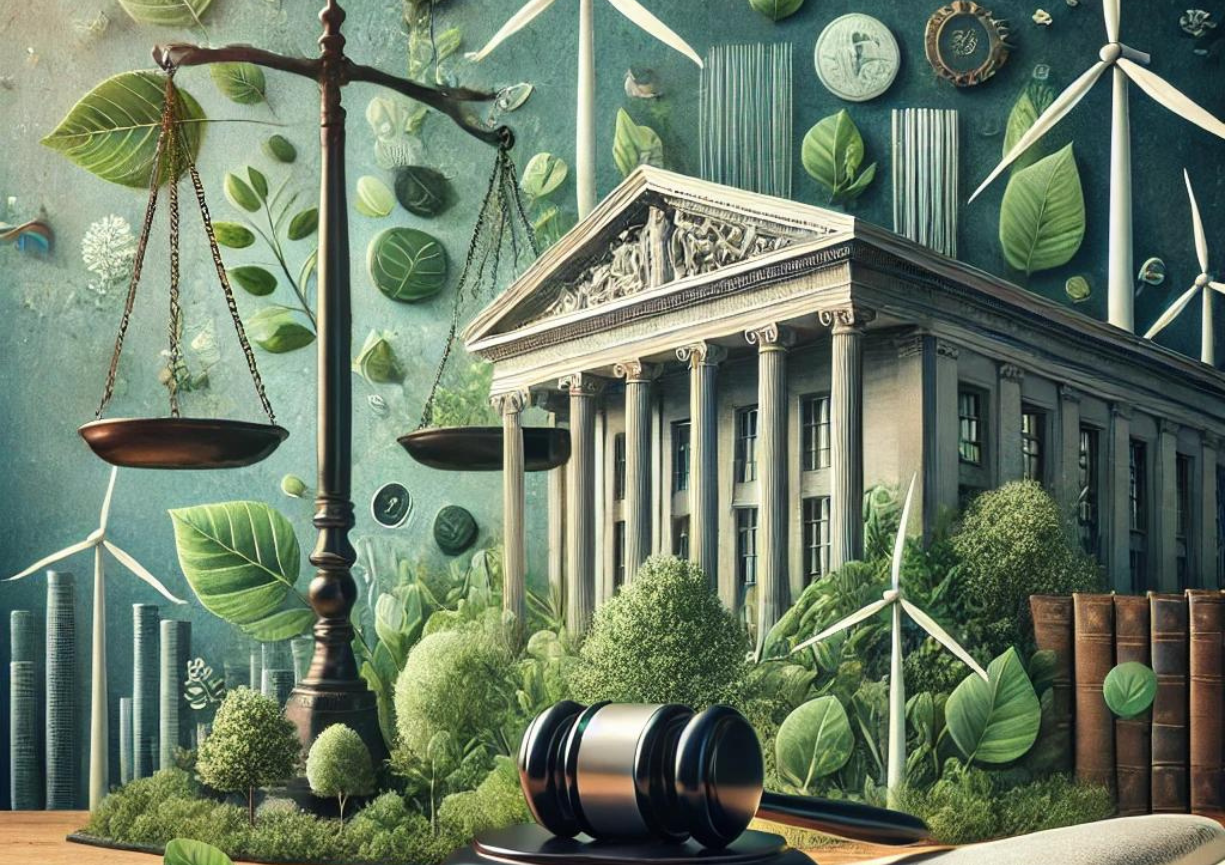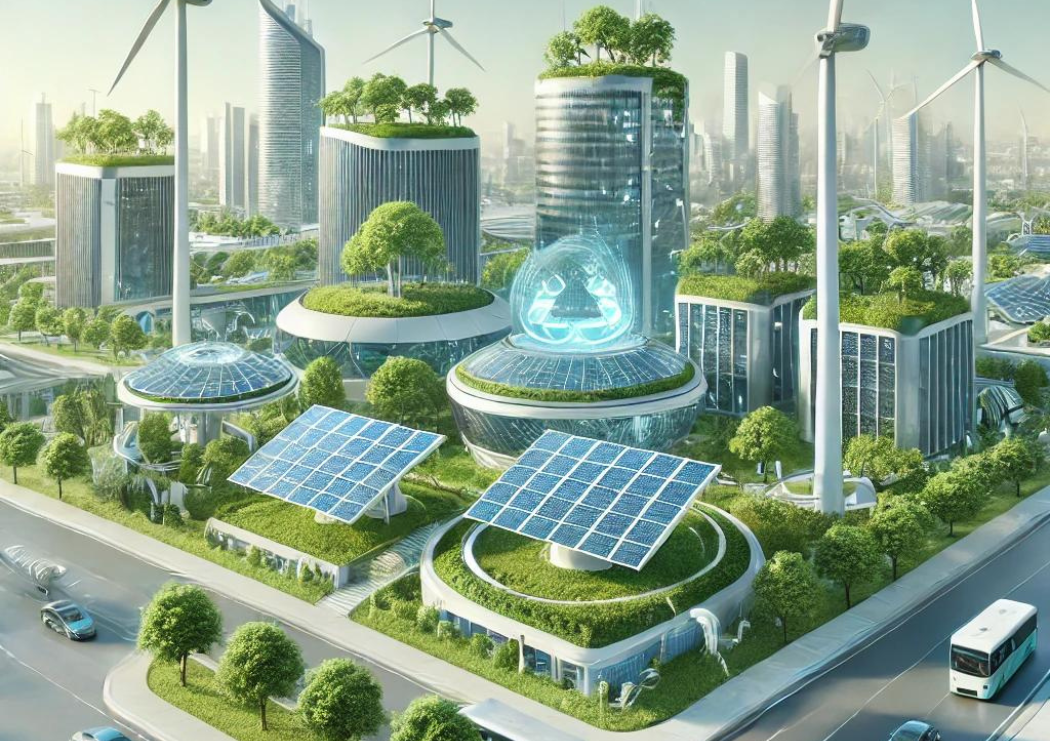Organization and Financing of Nuclear Power Decommissioning

The organization and financing of the final decommissioning of the UP1 reprocessing plant at Marcoule was settled in 2004, with the CEA taking over. The total cost is expected to be around €5.6 billion. The plant was closed in 1997 after 39 years of operation, primarily for military purposes but also processing spent fuel from EdF's early gas-cooled power reactors. The partnership, Codem, involved a 45% share by both CEA and EdF, and 10% by Cogema (later Areva NC, now Orano Cycle). EdF and Areva paid CEA €1.5 billion to settle future liabilities.
The Nuclear Fade Case
The implications of the Nuclear Fade Case are significant, with potential electricity security concerns as gas-fired capacity becomes more central in meeting peak demand. Without additional nuclear energy, the clean energy transition faces challenges, requiring €1.6 trillion in additional investment in advanced economies over the next two decades. Without nuclear, wind and solar power will need to scale up even further to close the energy gap by 2040.
Nuclear Power's Role in Low-Carbon Generation
Nuclear power, along with hydropower, forms the backbone of low-carbon electricity generation, providing three-quarters of global low-carbon energy. Over the past 50 years, nuclear energy has reduced CO2 emissions by over 60 gigatonnes. However, in advanced economies, nuclear power is declining, even as the world requires more low-carbon electricity. The "nuclear fade case" shows that, without nuclear energy, CO2 reductions in line with the Paris Agreement become harder to achieve. This report emphasizes the need for continued investment in nuclear technology.
Decommissioning and Recycling Used Fuel
Used fuel from French reactors and other countries is sent to Areva's La Hague plant in Normandy for reprocessing. The facility reprocesses up to 1,700 tonnes of used fuel annually, extracting 99.9% of plutonium and uranium for recycling. Only 3% of the material remains as high-level waste, which is vitrified and stored for disposal.
Challenges in the Energy Transition
A collapse in investment in existing and new nuclear plants would raise emissions and energy costs while jeopardizing electricity security. By 2040, without nuclear, advanced economies would rely more heavily on gas and coal, resulting in increased CO2 emissions by 4 billion tonnes. Achieving the clean energy transition with less nuclear power would require extraordinary efforts, including overcoming barriers in scaling up wind and solar energy, and addressing challenges related to integrating these renewable sources into the grid.
The Future of Nuclear Power
As nuclear power fades, electricity systems become less flexible. Alternatives such as gas-fired plants, energy storage (batteries, hydrogen), and demand-side measures can help manage energy needs. Increased interconnection with neighboring systems offers additional flexibility, but this becomes less effective when regions depend heavily on wind and solar power. Maintaining nuclear power’s role in advanced economies remains crucial for ensuring a balanced and resilient energy future.






Leave a comment